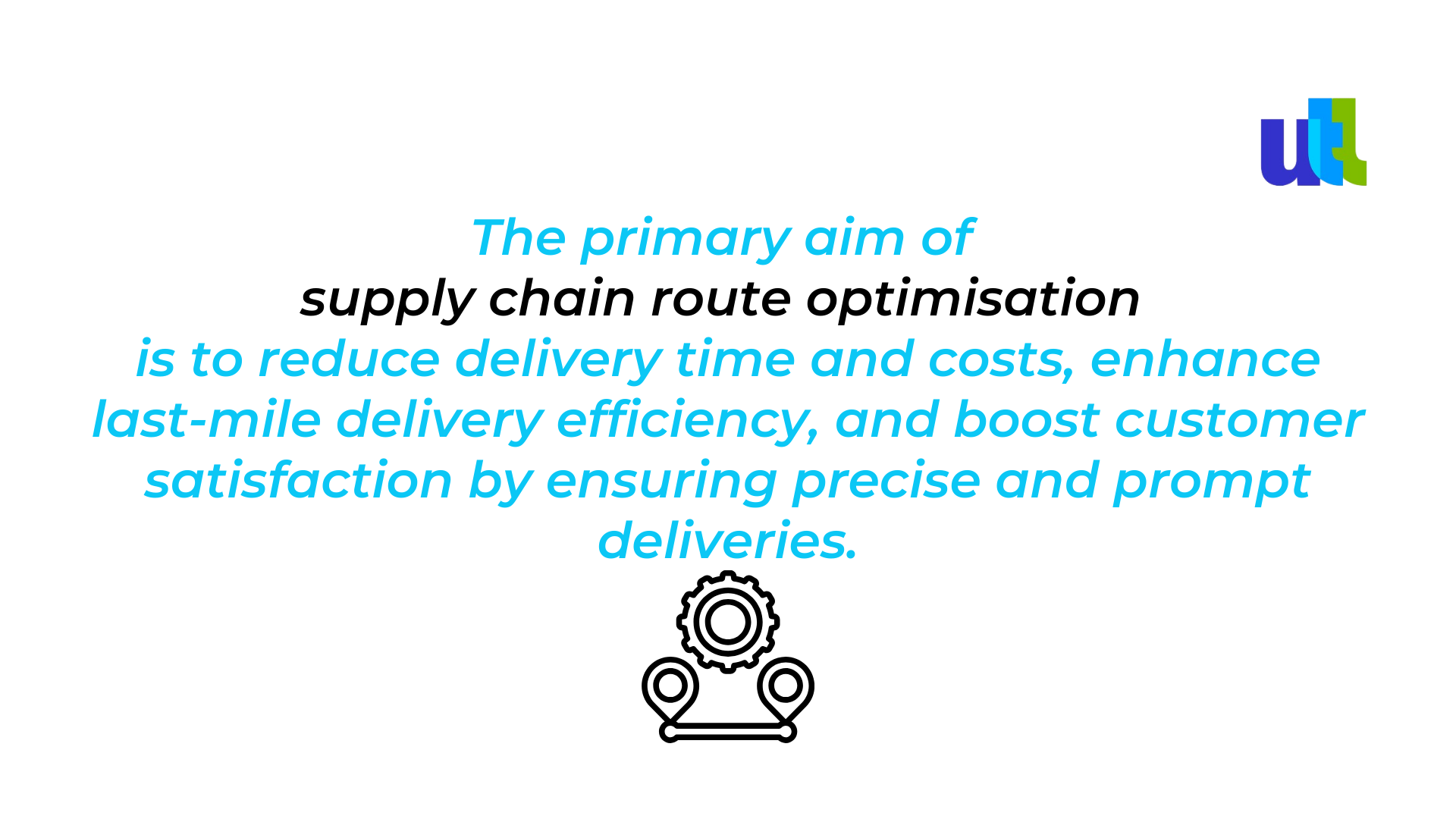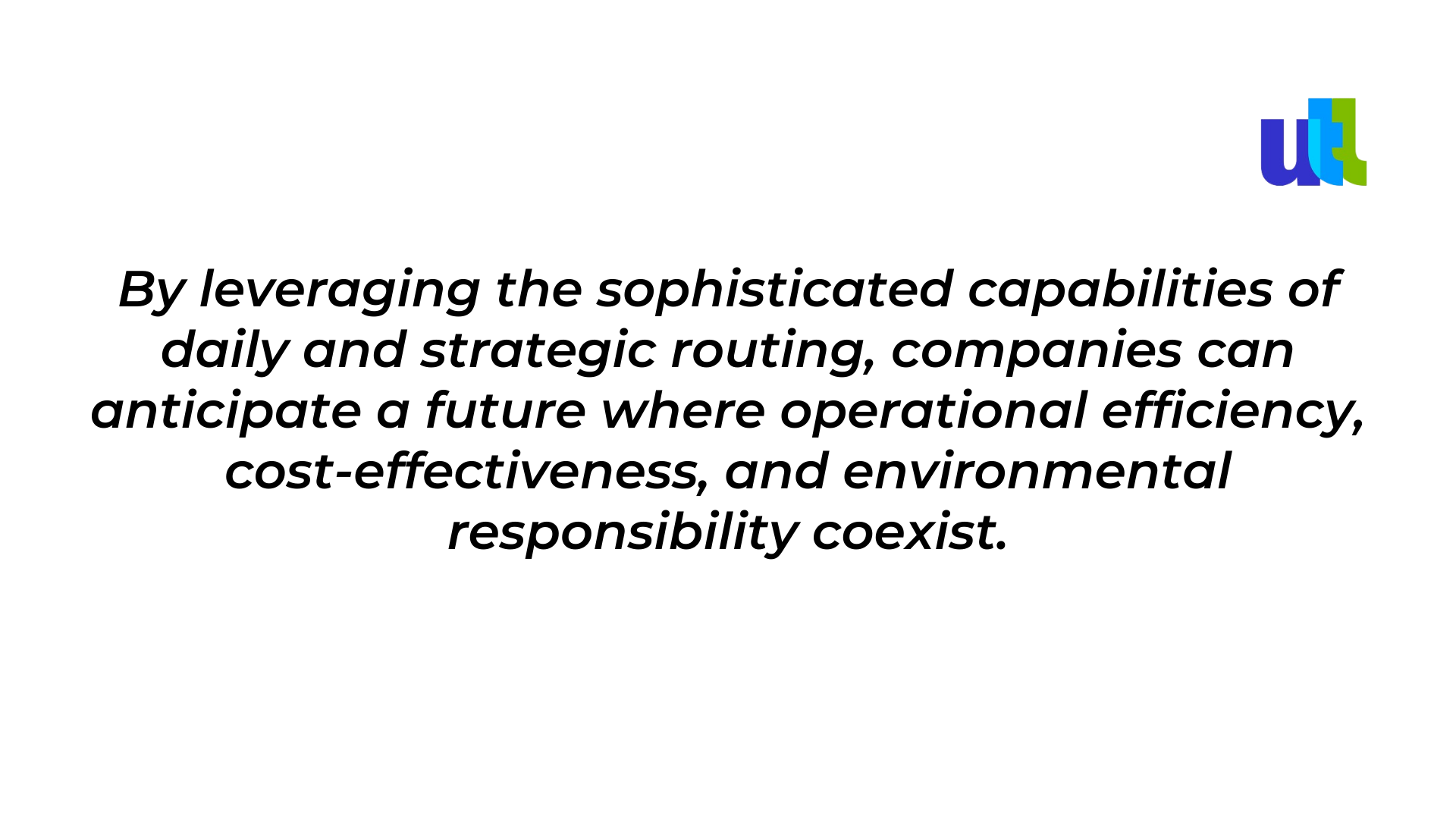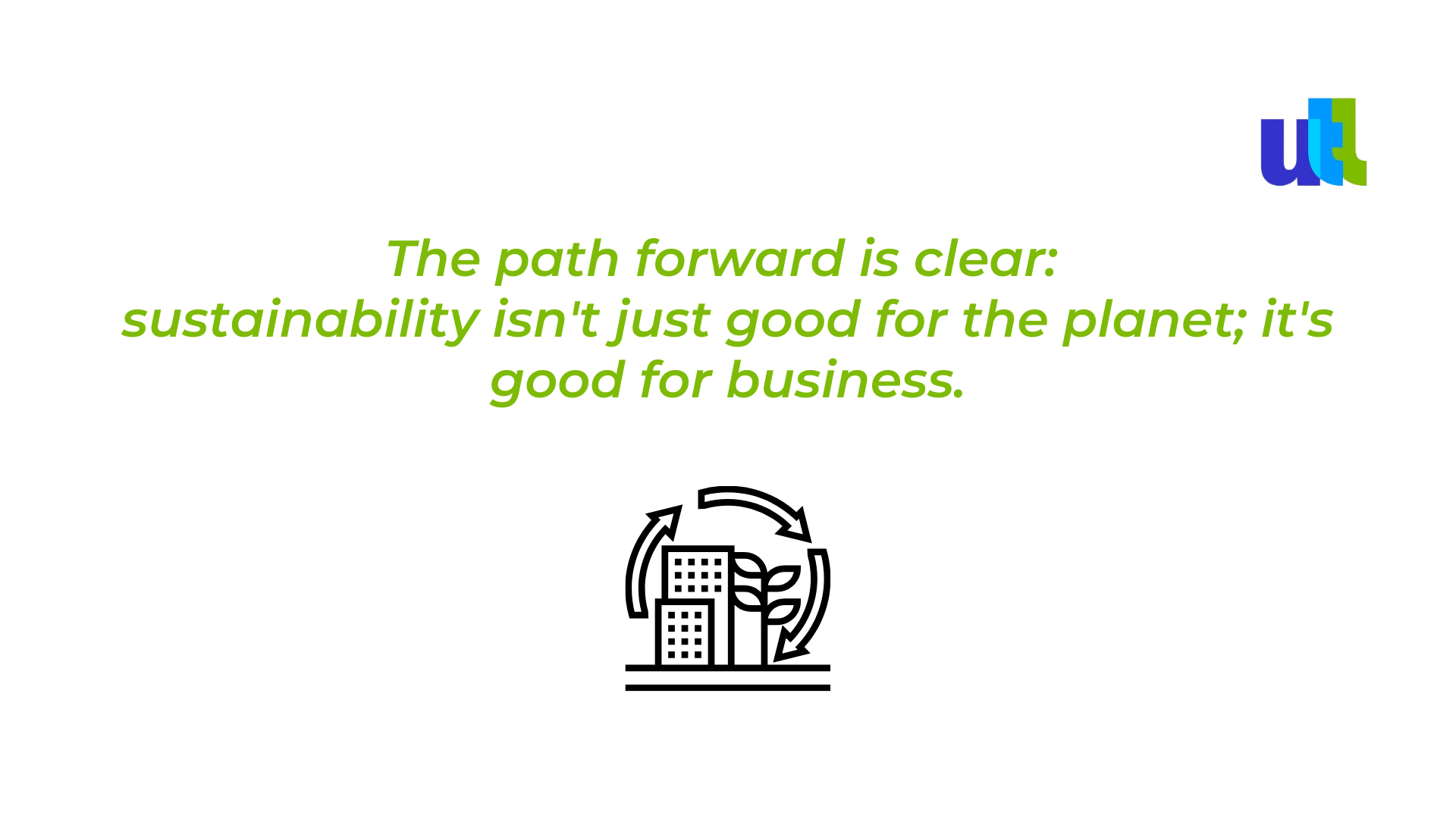In the intricate world of logistics, managing high volumes of deliveries with multiple drivers and destinations manually is not just daunting but practically unsustainable. Traditional methods can significantly hamper a supply chain's efficiency, scalability, accuracy, and flexibility, making it critical for businesses to adopt advanced solutions. Especially when considering the impressive growth of the global supply chain management market, which was valued at $25.74 billion in 2022 and is projected to reach $72.1 billion by 2032, it's evident that innovation is not just an option, but a necessity.
Understanding Supply Chain Route Optimization
At its core, Supply Chain Route Optimization is the strategic process of determining the most efficient and cost-effective paths for transporting goods from suppliers to end customers. Instead of random or fixed routes, this system leverages advanced software to devise optimized routes considering various factors like delivery time windows, driver availability, vehicle capacities, real-time traffic conditions, and even fuel costs.

Functionality of Supply Chain Route Optimization Software
The sophistication of route optimization software lies in its ability to process complex algorithms, examining an extensive combination of delivery points, routes, and schedules to propose the most efficient travel plan. The optimization starts with collecting detailed information about delivery locations, schedules, and order volumes. Initial plans are formulated to minimize travel distances or times, which are further refined through adjustments in stop sequences, vehicle assignments, and paths, resulting in the most efficient route plan.
Moreover, in response to unforeseen events or last-minute changes, the system can re-optimize to maintain efficiency and service quality.
The Art of Logistics Route Optimization
Effective route optimization commences by analyzing current routes to establish a baseline, targeting the reduction of both distance covered and driver hours. Employing optimization software, especially for routes with multiple stops, can significantly enhance the sequence of deliveries. It's akin to solving a complex puzzle; as you rearrange the pieces (or in this case, routes), the resources required diminish.
In industries with specific constraints, like the retail sector's tight delivery windows, there's room for efficiency improvement by extending the delivery period, consequently maximizing resources. Advanced route optimization software not only addresses the challenges of ever-evolving regulations but also fortifies your business's commitment to sustainability without undermining efficiency or profitability.
Advantages of Advanced Routing
Advanced routing capabilities offer logistic companies a golden opportunity to minimize truck miles, substantially reducing CO2 emissions. Even a modest cut in transportation miles could lead to significant environmental and corporate benefits. A prime example is Martin-Brower's success story, where route optimization software enabled the company to cut down CO2 emissions by 900,000 pounds annually.

Sustainable Logistics - A Definition and Its Importance
Sustainable logistics involves managing the movement of goods in a way that respects environmental and social concerns, considering factors like fuel usage, recycling, and emissions reduction. It's a balancing act between operational efficiency and long-term sustainability, critical due to the sector's substantial environmental impact.
Adopting Sustainable Practices in Logistics
The road to sustainable logistics is paved with strategic practices like using eco-friendly packaging, optimizing delivery routes, employing energy-efficient vehicles, and effective waste management. Enhancing supply chain operations and actively managing carbon emissions, especially through the adoption of alternative fuels and electric vehicles, are also crucial steps. These efforts not only reduce the carbon footprint but also minimize the overall environmental impact of deliveries, promoting a circular economy.
The Carbon Crisis in Logistics and the Digital Transformation Solution
With the transportation and logistics industry responsible for a significant portion of global CO2 emissions, there's an urgent need for transformative solutions. Although the shift towards low-carbon and electric vehicles has begun, achieving global net-zero targets requires a more substantial effort, including a 20% reduction in emissions by 2030.
Digital transformation is paramount in this quest for sustainability. Software solutions in logistics can contribute immensely by calculating and tracking carbon footprints, optimizing resources, and enhancing supply chain visibility. Technologies like Machine Learning (ML) and Artificial Intelligence (AI), cloud-based platforms, and the Internet of Things (IoT) are vital tools in this endeavor.
Conclusion
The journey towards sustainable logistics is neither simple nor optional. With studies indicating a substantial increase in technology adoption for sustainability tracking and measurement, it's clear that the future of logistics lies in digital transformation. From cloud computing's efficiency to AI's predictive prowess and IoT's real-time monitoring, embracing these technologies is essential for any organization aiming to thrive in this dynamic sector.
By adopting advanced route optimization and sustainable practices, companies won't just be responding to a trend; they'll be contributing actively to a healthier planet and a more responsible industry.
DHL's sustainability highlights, including a 6.9% reduction in CO2 emissions and a target of 40% reduction by 2025, exemplify what's possible with commitment, innovation, and strategic digital integration.

For free consultation on logistics, click here.
----------------------------------------------------------------------------------------------
View the full presentation:
WRITTEN BY
Milda Butkeviciute
2023-10-17


































































































































































































